Turkey receives millions of tourists every year. It’s a cheap destination, although it’s not the most politically stable place you can go. Just don’t book too far ahead, and it’s likely that your trip will be as safe and easy as any.
A huge share of visitors to Turkey are sun-seekers on package tours, spending their time at beach resorts on the Mediterranean coast. Nothing wrong with that, but in exchange for just a tiny bit of extra effort, you can enjoy experiences even more intense than a heavy sunburn.
Try Selçuk, for example. Getting there is easy and cheap by bus from tourist hotspots like Kuşadası (30 minutes), Izmir (1 hour), Cesme (2 hours), Bodrum and Marmaris (both 3 hours).
Spending two nights in Selçuk will give you a full day there to see everything I’m about to tell you about. It’s fine to plan on arriving late one day, have a full day in and near Selçuk, stay over, and then leave again early on the third day.
The modern town of Selçuk itself isn’t the reason why you go here. It’s the history it literally stands on. To fully appreciate it, you should read up on that history a little. Most visitors don’t, and many of them will just shrug their shoulders as they leave.
Selçuk is split in two by the main road, Atatürk street/D550. The best parts are on the west side of this road. The old town is full of narrow and steep streets and alleys. Walk around here in the afternoon, and you see how the locals extend their home into the public, enjoying the cooler air outside while chatting and laughing. Sometimes of you, because you look so amusing in your clothes. All is relative. Smile and be happy.
The long history of Selçuk is easy to spot. An ancient Roman aqueduct runs straight through the town center. It doesn’t carry water these days, but the storks eagerly build their nests on top of it.
There are several great places to eat right next to the aqueduct, so have your meal and get to bed early. Tomorrow will be a busy day.
Many tour operators and guides want to sell you a tour of the old ruin city of Ephesus. Don’t buy into that. You’ll do it better on your own. Start by walking from the center of Selçuk to the North Entrance to Ephesus. Not the South Entrance, the North one. Just trust me. It’s easy, and shouldn’t take you more than about half an hour. In the morning it’s a pleasant walk, with things to see on the way.
Just follow road D515 out of Selcuk from the main roundabout. Believe it or not, but there’s actually a bicycle and pedestrian road running in parallel with the road for cars, allowing for a safe walk. You may encounter herds of cows or goats, but they’re far preferable to Turkish drivers.
These horse carts are for tourists, but you’re up so early that they’re not open for business yet. That’s a good thing. If you like, you can hire one to go back to town later, when it’s probably much hotter and more tempting to save some sweat.
Just before you arrive at the eastern end of Selçuk Efes Airport, make a left next to Tusan restaurant, and head south on Efes Yolu, “Ephesus Way”. Go straight for 500 meters and you’re at the entrance to Ephesus. They open at 8, but there’s a good chance they let you through a little bit before that. Be there at 7:30 and ask nicely.
All the tours start at the South Entrance, so by entering from the north you feel like you have Ephesus to yourself for almost an hour.
Spend that time wisely. You will quickly arrive at the huge theatre. It was the largest stage of this kind anywhere in the ancient world, seating about 25,000 people. But you can take a closer look at that later. Keep walking south, and you’ll be at the main treat of Ephesus in no time.
There you have it; The Library of Celsus. It’s a rarity and an architectural marvel; a sort-of standing Roman library. It’s one of the most fascinating historical buildings anywhere. It has two floors, and the facade comes with several statues and inscriptions in pretty good shape. Walking around here in peace and quiet allows you to get quite intimate with history. Treasure each minute you get before the tour groups start arriving from the south.
I lied about being alone. Sorry. There will definitely be cats around. They won’t bother you, though.
Ephesus isn’t really a town you walk around in. Instead you just walk back and forth. There’s one main street, surrounded by lots and lots of ruins with origins spanning several centuries, possibly a millennium. Thanks to the practice of recycling stones from old buildings into new ones, you can find a stunning range of different styles stacked together here.
Like in any old Roman town, there are of course incredibly detailed mosaic floors in many places.
This one in particular gives a few ducks.
The Temple of Hadrian is another beauty, with many original pieces of building re-erected and supported by more recent replacements. With just a little bit of imagination, you can get a good idea of how wonderful this place must have been almost 2,000 years ago.
Things get a bit rougher at the southern end of Ephesus. The Fountain of Pollio on the left and the Temple of the Sebastoi on the right stand next to the old street. The walls here are full of pretty details and Greek inscriptions.
As we reach the South Entrance to Ephesus, we’re surrounded by package and cruise tourists. Most of them look entirely miserable.
They appear slightly disappointed. From the comfort of their home, an eternity ago, it had seemed like such a great idea to add a day trip to Ephesus to their vacation. Now they are here, surrounded by … mostly stones, really.
Instead of filling up on buffet food at their hotel or cruise ship, they will now for at least two hours, maybe three, have a guide with a monotonous voice hit them with a rapid stream of names, numbers and years that carry no real meaning or entertainment value. And it’s hot. With little shade to be found.
The struggle is real.
Hoping to see more tourist misery, we go back down towards the library. Now we stop to have a better look at things we skipped the first time.
Here’s the Odeon. It’s a modest theatre, where plays and concerts took place that were suitable for maybe a smaller crowd of hipster Romans.
With the many performances on offer in Ephesus, people of course also needed restrooms. You’re looking at a large communal toilet. We can’t know that there was no privacy involved in the form of textile walls or something, but it looks like taking a shit was a pretty public affair here back in the days.
While lacking in privacy, at least they had the hygiene covered. Beneath the seats there was running water, carrying literally all kinds of shit away.
We’re back at the library. It is now full of people desperate to share their travel experience on every thinkable branch of social media. Their intense enthusiasm for having their own photo taken in a new place contrasts perfectly with their complete lack of knowledge about the location.
I may sound condescending, but I honestly enjoy observing this setting. Many of the people here get some really great photos, and they’re thrilled about it. It’s one way that travel creates happiness. The way I see it, there’s no right or wrong way to be a tourist, as long as you behave with a bare minimum of respect towards the place you visit and the people around you. Of course, pure tourist rage is often just one misplaced selfie stick away, but most of the time an acceptable balance is struck.
The only people who can surpass cruise tourists in display of boredom, are of course students on a school trip. Whatever drama happened on the bus on their way here clearly had a larger impact on their mood than the fact that they’re now at a glorious World Heritage Site.
Today Ephesus is about five kilometers from the sea, but two thousand years ago it was right on the water. For a while it was a huge and busy trade center in the Roman Empire, possibly second only to Rome itself. This is a street leading down to the harbour, which gradually ceased to be a harbour as it got silted up. When the trade died, the city died. Destruction caused by a few major earthquakes and multiple invading armies didn’t help, either.
People die and disappear, but thanks to the ancient custom of storing corpses in marble sarcophagi instead of burying them, Turkey is full of these things. It’s probably a good thing that cremation has been invented.
On the outskirts of Ephesus lies the Church of Mary. It’s just a ruin now, but it was the site of two councils of importance during early Christianity. This is where many policies of the religion were decided on. Had it not been located in Turkey, it would most likely have been a large and beautiful cathedral now, visited by thousands of pilgrims daily.
By the way; Mary, as in Virgin Mary/Birth-Giver of God, may well have lived her last years close to here. John the Evangelist brought her to the area. The supposed site of her home is a fairly low-key stop on tours of the area. You can walk up to it from Ephesus, but it’s a steep and long walk.
We head back to the Library of Celsus one last time. It’s that beautiful. But now it’s rush hour. All the buses from the cruise ships and the beach resorts have arrived, and this is what it looks like. We’re glad we got up early.
We walk up the main street and look back down towards the library. This place is heaven for spotters of funny headwear.
Leaving Ephesus from the South Entrance, we walk into a fertile valley full of peach trees and other wonderful agricultural products. Ask a farmer nicely, and they’ll let you have a taste of their harvest.
The surroundings are nice and green all the way back to the center of Selçuk. Again, it’s just a 30 minute walk, but if you’re tired, taxis and horse carts are available at the Ephesus exit.
Back in Selçuk, we’re now ready to see and understand the things on display at Ephesus Archaeological Museum. It’s conveniently located right next to the roundabout we walked past this morning.
You have to go to a museum Many of the “best” items from Ephesus. This is a good thing, as the open-air display there slowly deteriorates thanks to the climate, goats and tourists with sticky fingers. Museums in London and Vienna keep some items for now, but the museum in Selçuk isn’t bad at all.
This is a gold statue of an Egyptian priest. During the Roman Empire, both Turkey and Egypt were provinces under the same emperor, and there were tight connections across the Mediterranean Sea.
It’s difficult to pick the most interesting items at the museum, but there are a couple of fascinating statues of Artemis here. The triple-breasted whore Eccentrica Gallumbits from the Hitchhikers Guide to the Galaxy is no match for Artemis. She is fertility all-around. The Ephesian version of this goddess is different from the others. In addition to all the milk outlets, she is built up of many animals that can be hunted or otherwise taken advantage of.
Thanks to the destructive idiocy of Islam, the face has been badly damaged. An indication of how beautiful it must have been can be found by looking at the feet of the statue. Those toes are wonderfully detailed.
The Temple of Artemis in Ephesus is practically next-door to the museum. Described as the most brilliant building in the world at the time, it was one of the ancient and original Seven Wonders. Today, though, it’s just a pillar with a stork nest on top, wedged in between a police station and a farm.
It’s one of the Seven Wonders of the World, and you’re likely to be the only person there.
A short walk north of the Temple of Artemis is the İsa Bey Mosque. Apart from being quite large and more than 600 years old, it’s not a remarkable building. Still, they do allow infidel visitors to enter and have a look around. If you’ve never been to a mosque, this is an easy one to access. Remove your shoes before you enter, and then freely walk around. Donations are accepted, not required.
Up a steep hill from the mosque is the Basilica of Saint John. Or what is left of it, anyway. John the Apostle is buried here, and nobody cares. Until a thousand years ago, pilgrims used to come here to collect sacred dust which they brought home to cure sickness and calm storms. Nothing special.
This place would be a huge deal if it was located in Christian lands. But it’s in Turkey, so it’s just another ruin.
Above the basilica ruins there’s a Byzantine fortress, at the top of Ayasoluk Hill. It’s fun to examine the fortress walls, as you can see how pieces of former temples, including Artemis’, and other buildings have been used to put together these solid walls.
The walls weren’t solid enough, though. First the Muslims and then the Mongols came by and made a mess of the place. It’s now a pretty sad sight, although the outer walls look okay.
The best part of visiting the kalesi/fortress is the great view of the surrounding area. This is good farmland. It’s easy to see how this could become one of the richest parts of the Roman Empire.
Looking down, I discover an ant with a feather.
This is probably the closest you will ever get to a Pride Parade in modern day Turkey.
On that bright note, it’s time to say goodbye to Selçuk and Ephesus. One full day here has been both enough and not too much. Personally, I find it incredible how this area is packed with what could be world class tourist attractions, while bad maintenance and presentation makes them look somewhat mediocre. Understanding what we actually look at, however, makes it all well worth visiting.
Practical Information
The otogar/bus station is right in the middle of Selçuk. It looks more like a parking lot for buses than an actual bus station, but it’s easy to find. Surrounding the lot are a few ticket offices. Which one to use depends on where you want to go. Just tell someone where you want to go, and they’ll point you to the best option.
I stayed at Nicea Hotel, just across the road from the bus station. It was nice and clean, and very good value for money, with good wifi and decent breakfast.
Costs involved (June 2019)
Two nights at Nicea Hotel: 120 + 120 lira
Dinner at aquaduct restaurant: 40 lira
Walk to and from Ephesus: Free
Ephesus entrance fee: 60 lira
Cold Coca-Cola outside Ephesus: 10 lira (wildly expensive)
Kebab lunch: 30 lira
Archeological Museum: 15 lira
Temple of Artemis: Free
Isa Bey mosque: Free
Basilica of St. Johan and Fortress combo: 10 lira
Chicken pizza dinner: 30 lira
Altogether 435 lira, the equivalent of 75 US dollars or 68 euros.
In addition to that you must travel to and from Selçuk. After Selçuk I got on a seven hour bus ride to Antalya for 83 lira (15 US dollars or 13 euros). Shorter journeys will of course be even cheaper.
Warnings
You are safe walking around Selçuk, but there’s one scam you should be aware of. Sooner or later someone will come up to you and show you some old coins. They just found them in a field, they will say. Then they will ask you what you think the coins are worth, and maybe you would be interested in buying them.
Don’t buy. These are fake Roman coins that are worth nothing. If they had been real coins, it would be illegal for you to take them out of the country anyway. So just look at the coins, say that they’re nice, but that you’re not a coin collector, and politely leave.
No worries. Happy trails!
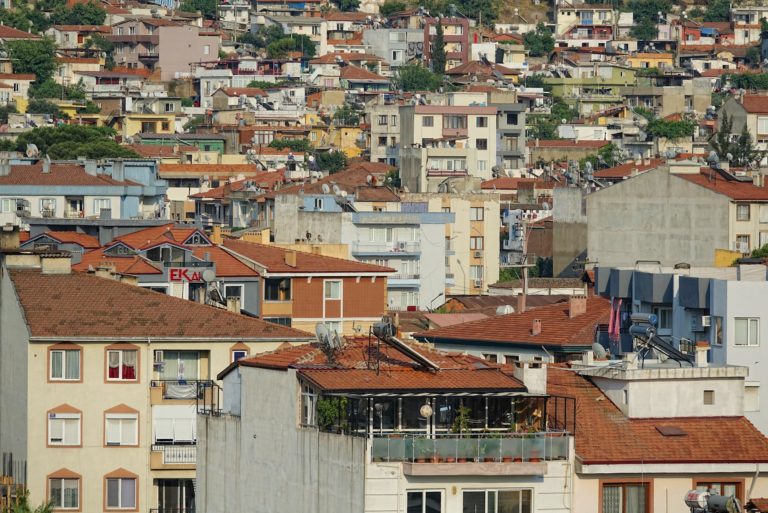


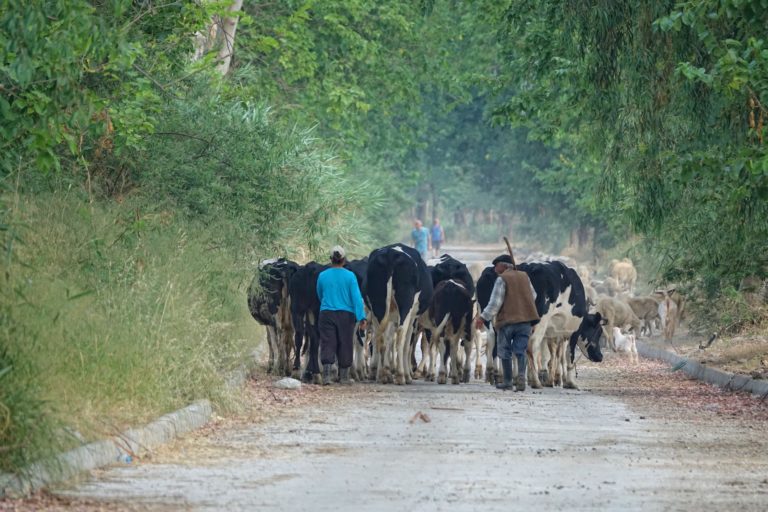
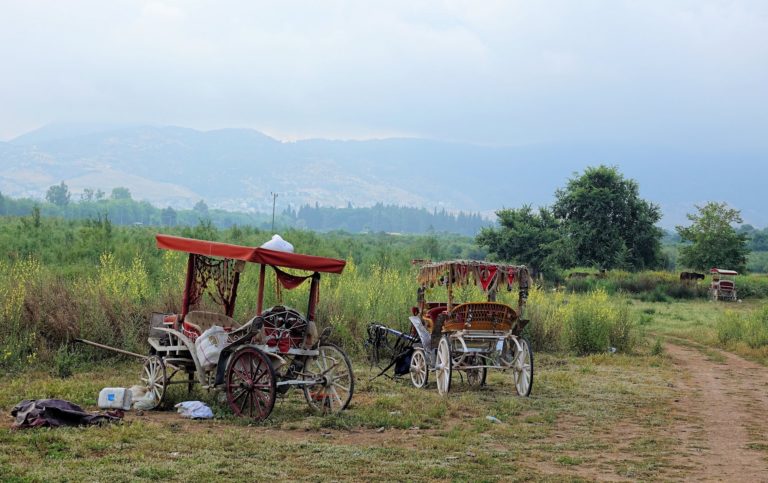
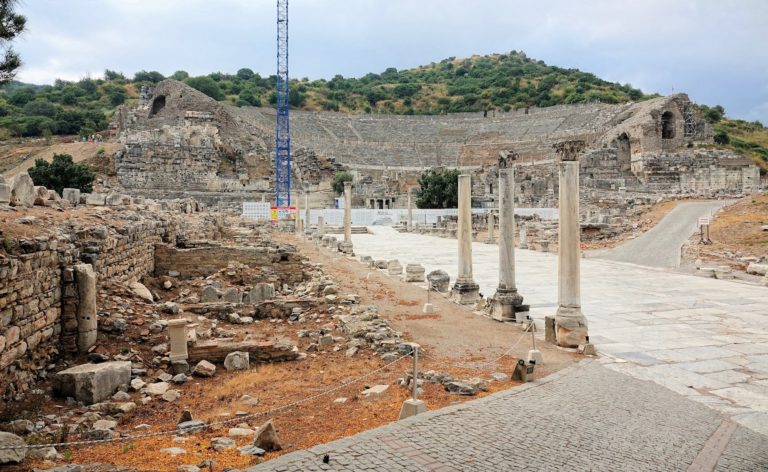
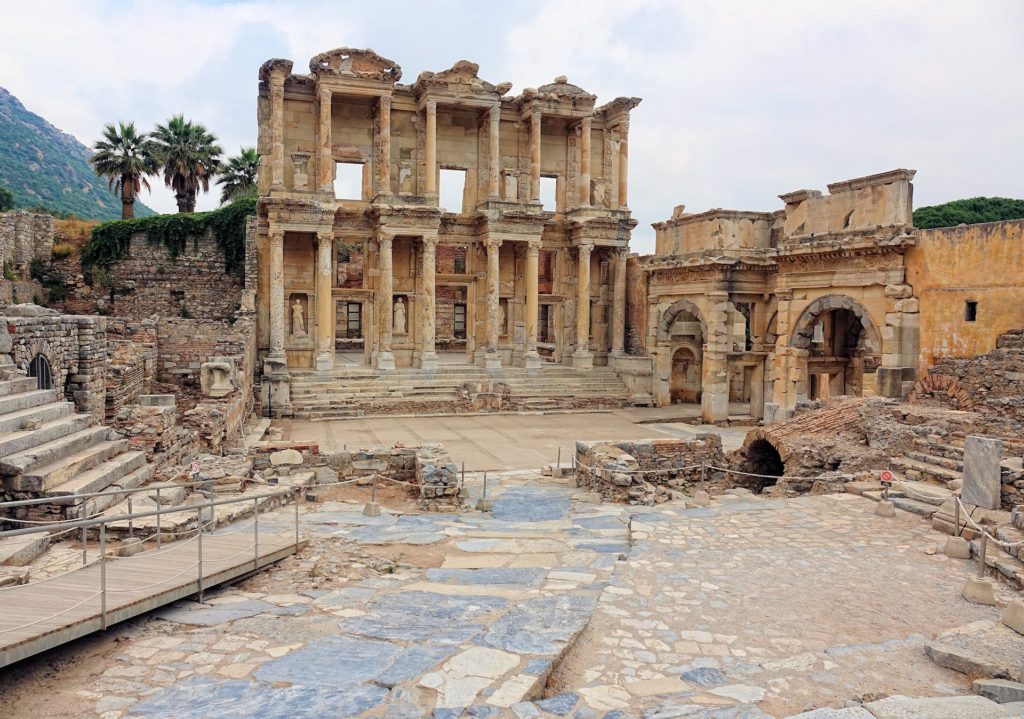
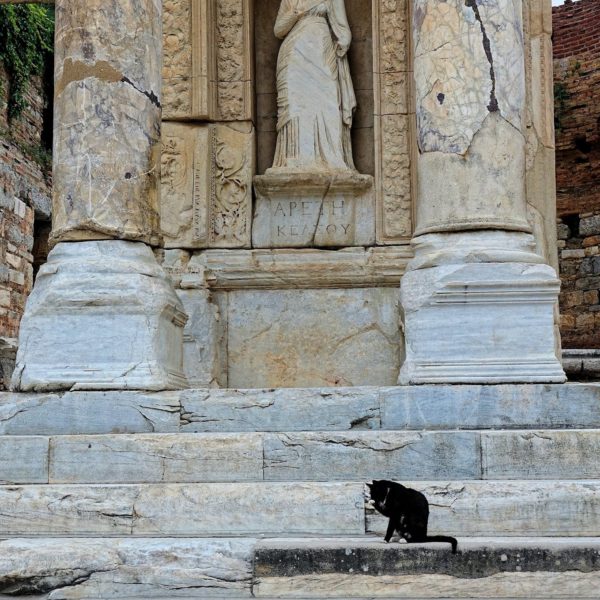

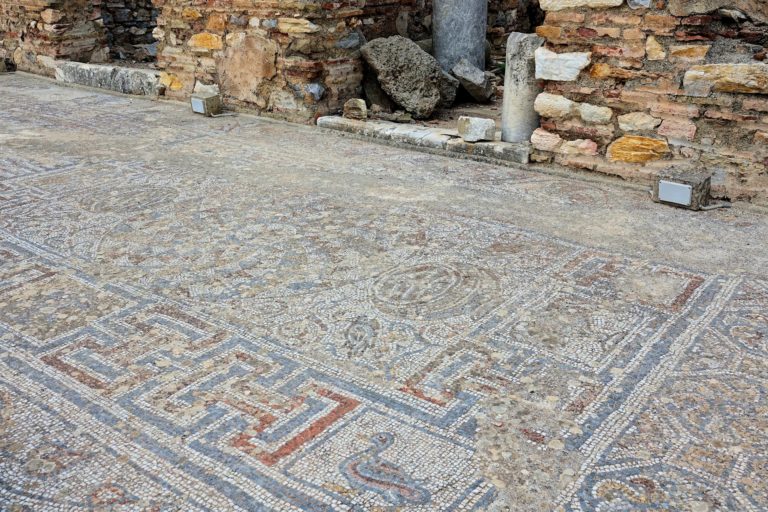

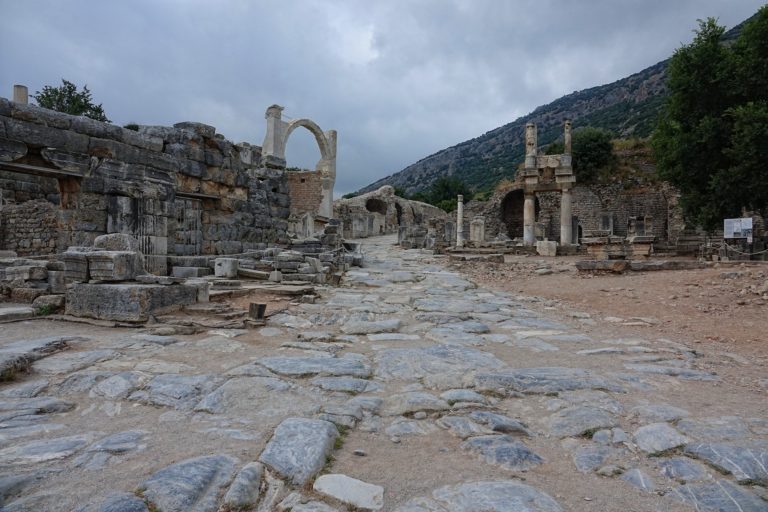

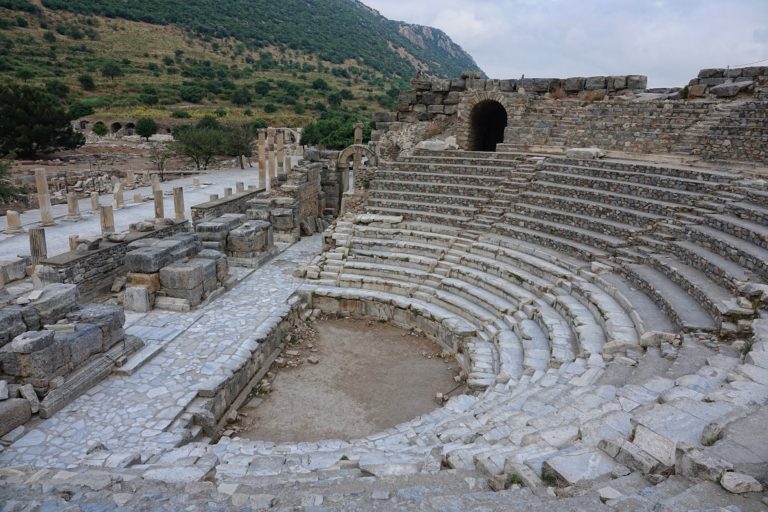
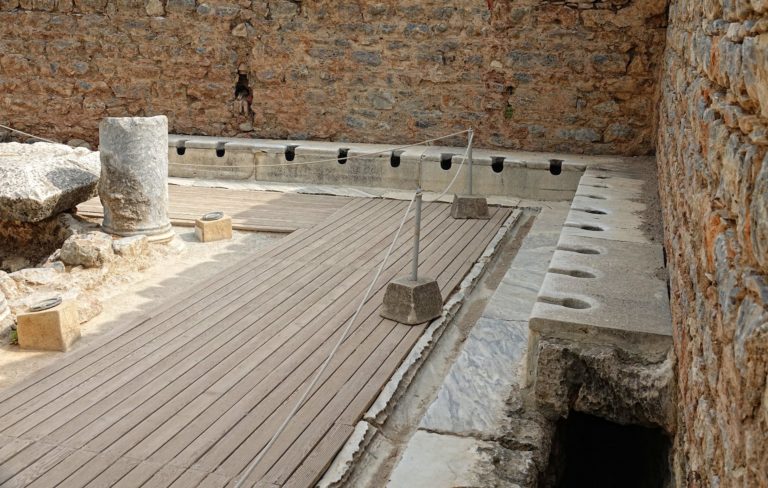
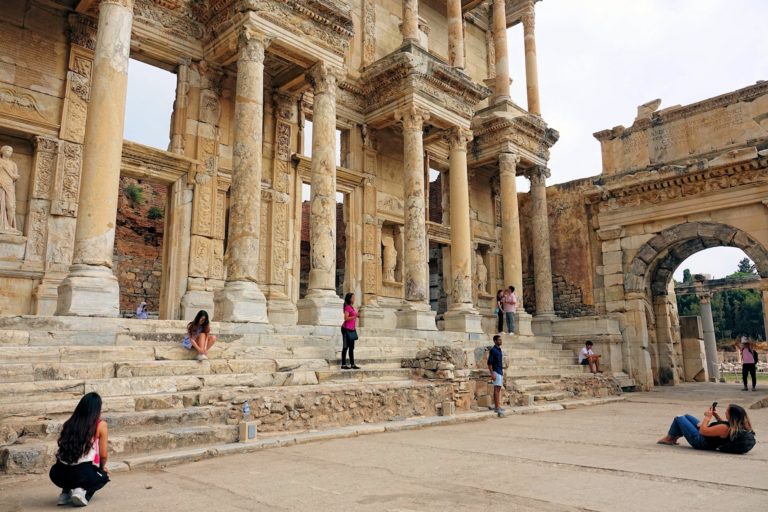
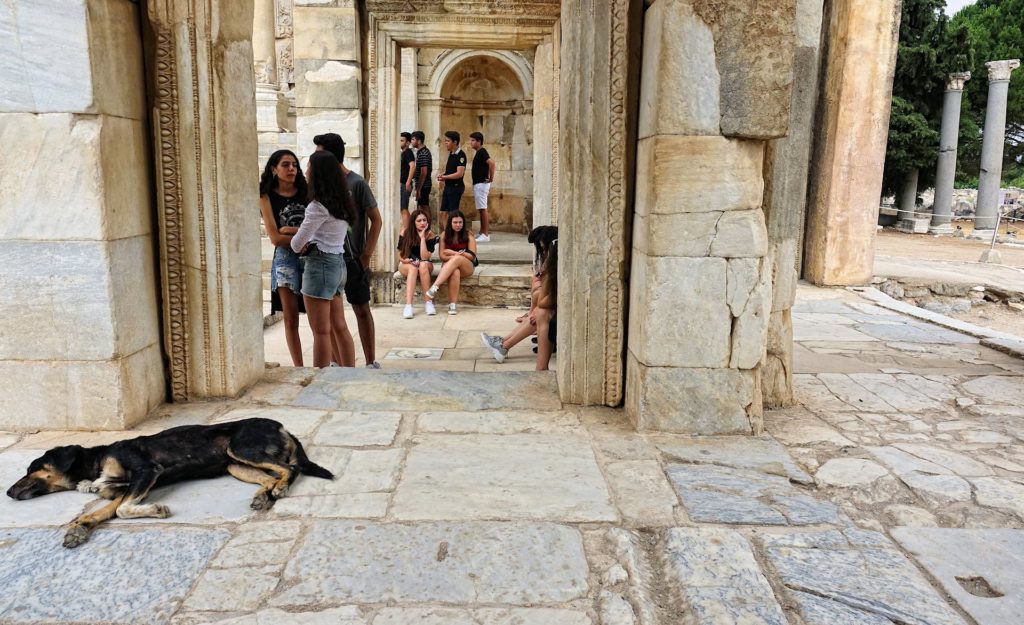

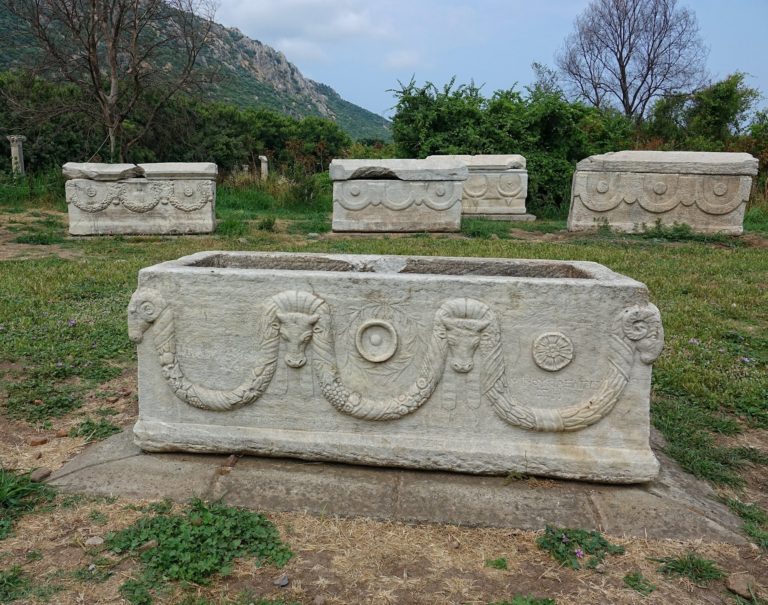

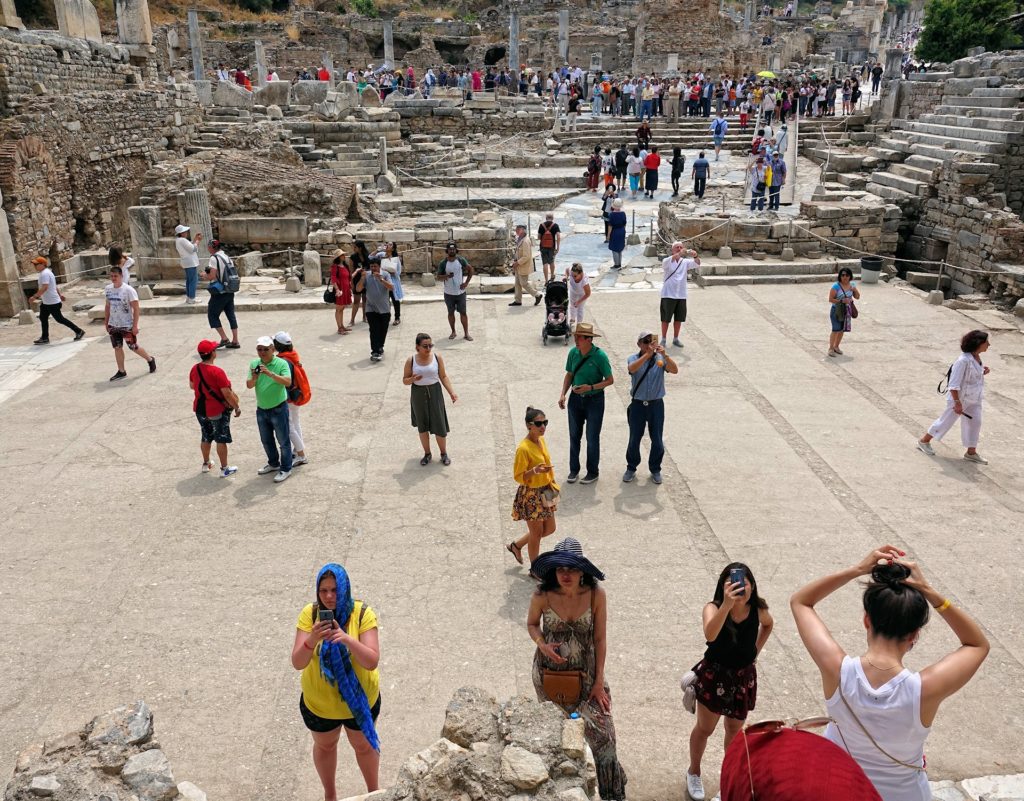
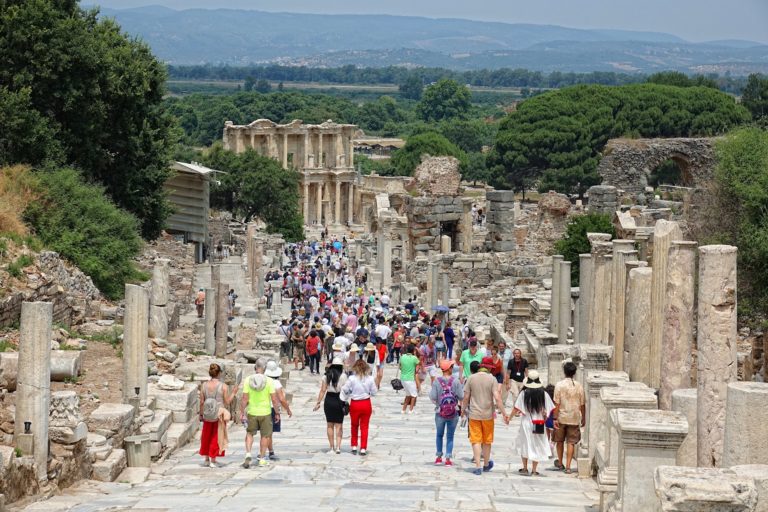
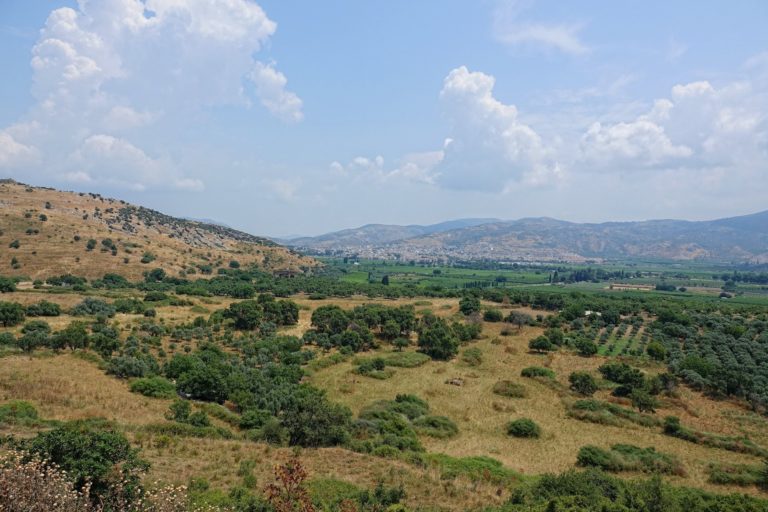
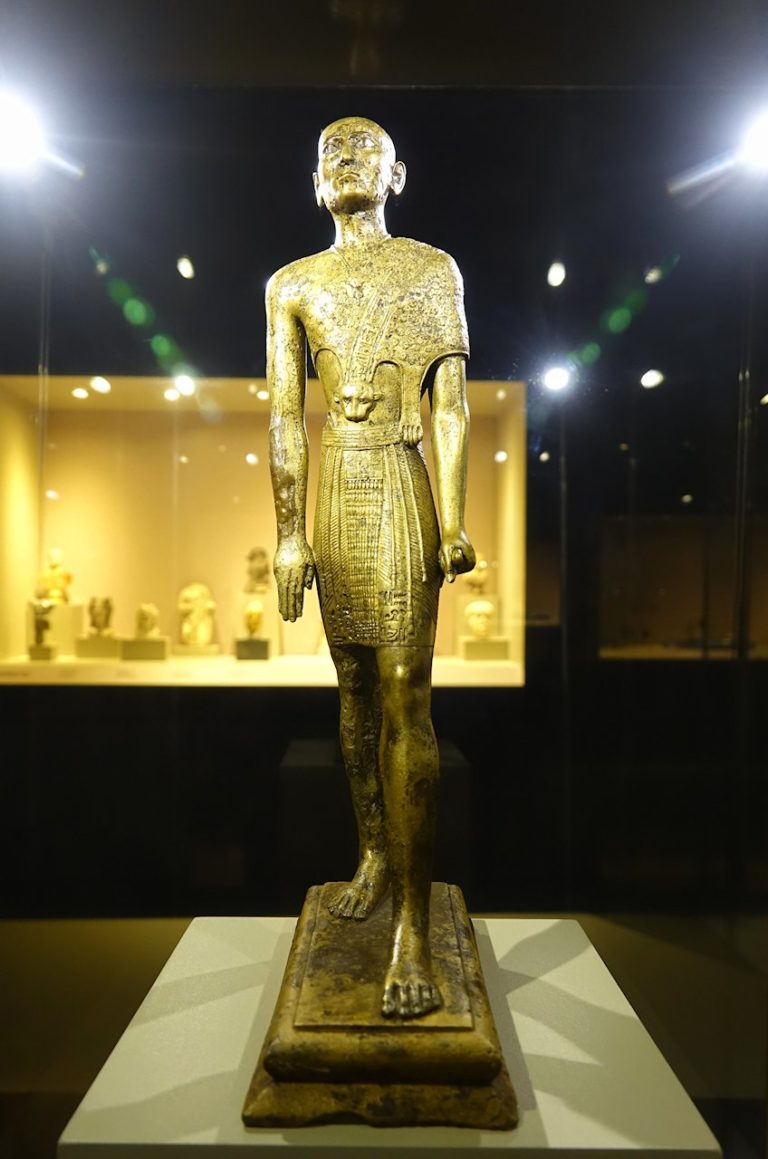

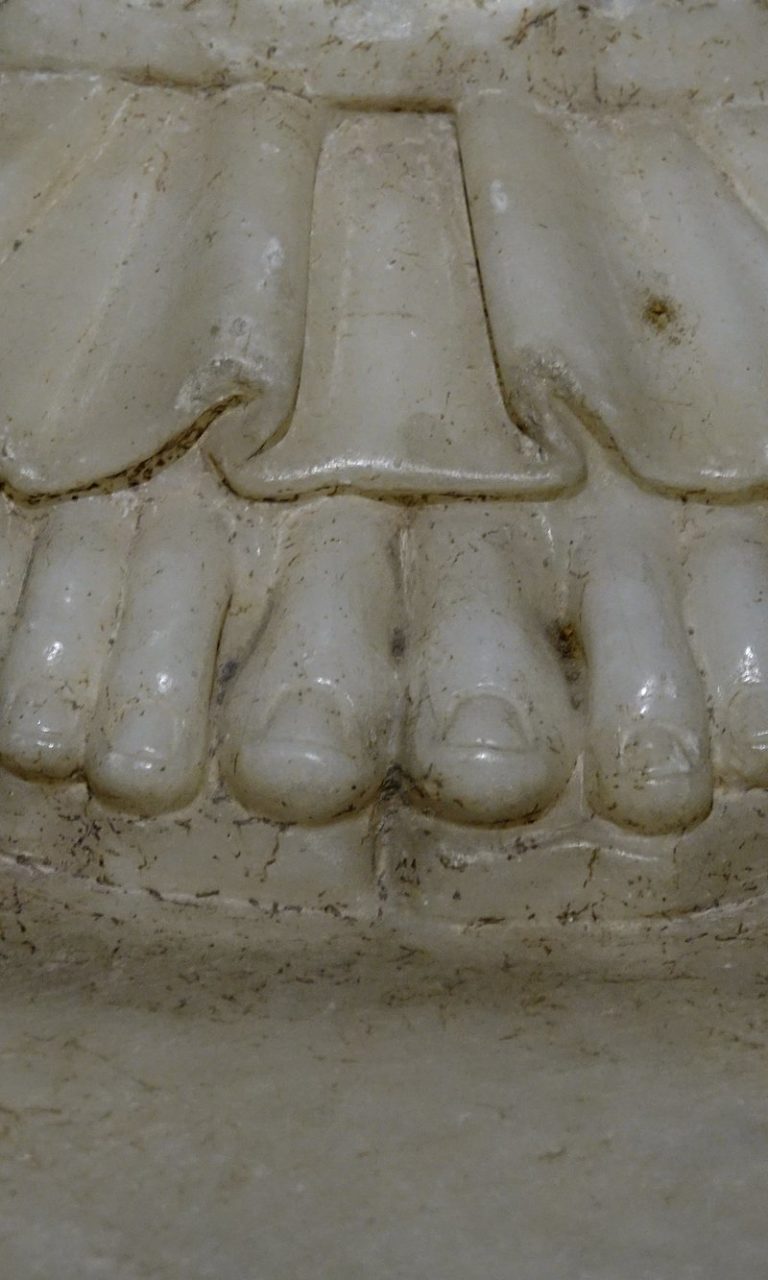
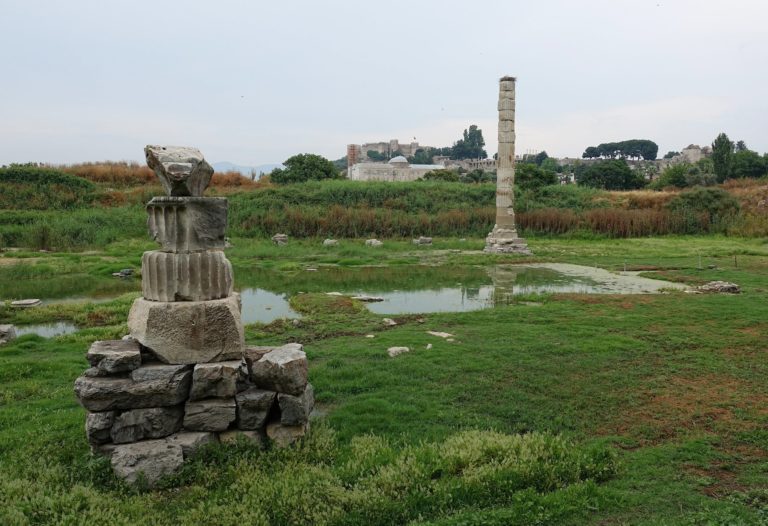
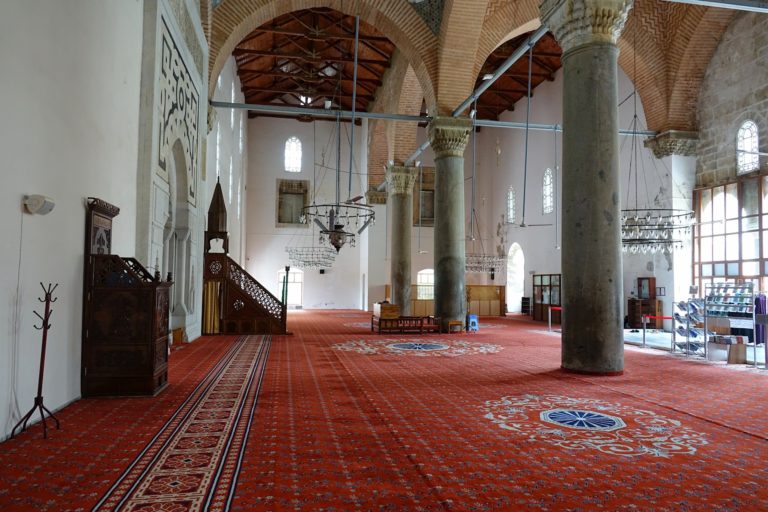

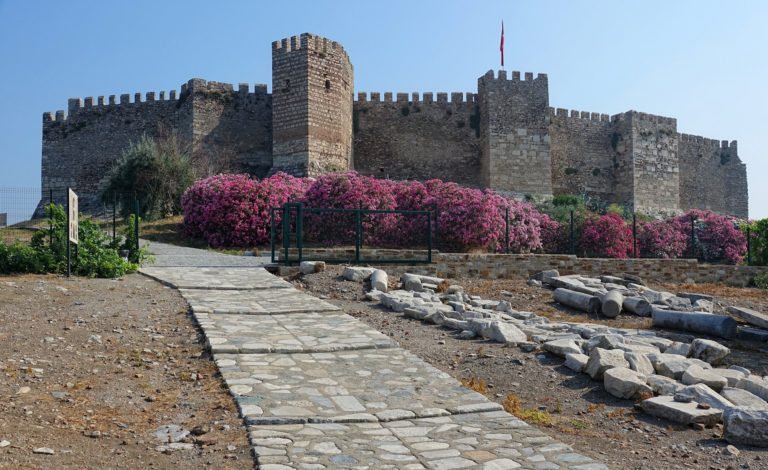
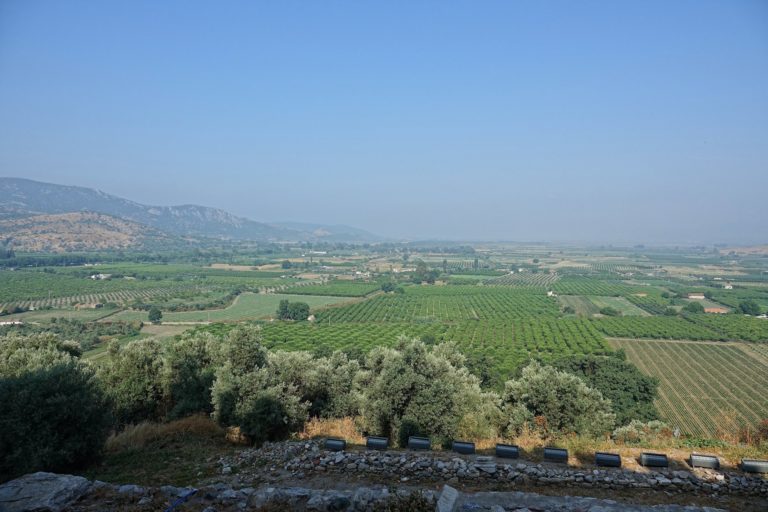
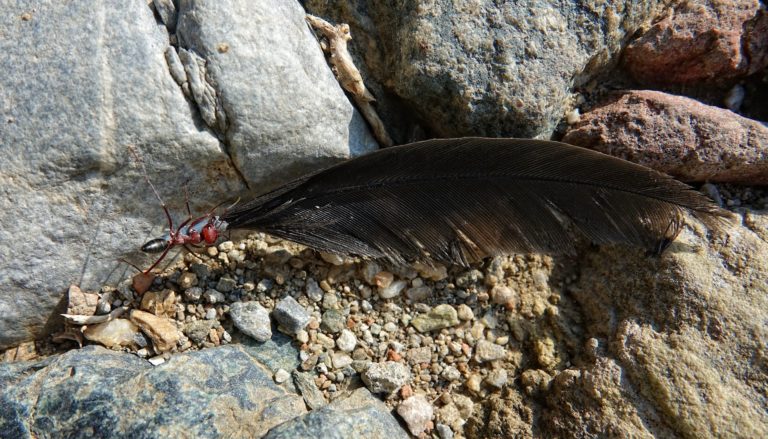
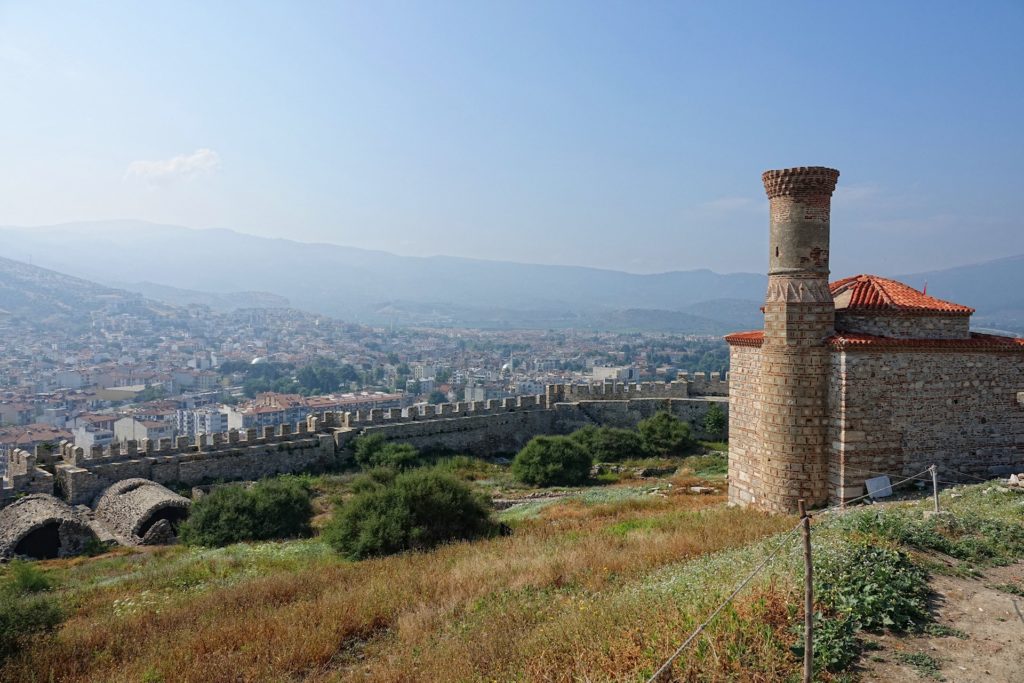
1 Comment. Leave new
Thoroughly enjoyed reading your post about Ephesus. Been there twice but admittedly I havent been to the Byzantine Fortress and to the Basilica of St John! So much more to see and come back to!
P.S. rare to find active blogs like yours nowadays, as everything/everyone is on the short-lived social media venues like Instagram and Tiktok. But we gotta learn to go with the flow, as everyone does.